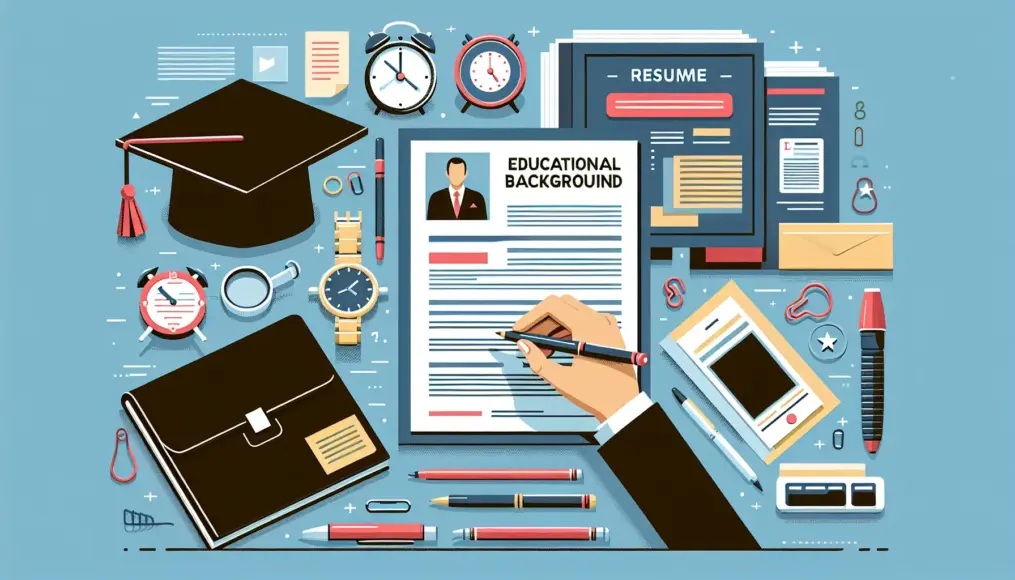If you’re considering a fresh start after being a NEET (Not in Education, Employment, or Training), crafting an effective self-introduction for interviews is a crucial step. By positively showcasing your past experiences, you can capture the interviewer’s attention and leave a lasting impression.
In this article, we’ll share some tips on how to make your self-introduction stand out, along with concrete examples of how to leverage your NEET experience. Let’s work together to prepare you to confidently present your best self.
- How to Communicate Your NEET Experience Positively
- Key Points for Effectively Highlighting Your Strengths
- Specific Examples of Successful Self-Introductions
Leveraging Your Time as a NEET in Your Self-Introduction
The self-introduction during an interview is a crucial moment that can significantly impact the first impression you make. Particularly for those with NEET (Not in Education, Employment, or Training) experiences, it’s essential to positively frame any gaps in your past. By confidently highlighting your strengths, you can leave a favorable impression on the interviewer.
Positively Framing Your Past Gaps
While NEET experiences may initially seem negative, they can actually be reframed into positive aspects. For instance, discussing what you learned and how you grew during that time can effectively communicate your desire for personal development to the interviewer. It’s important to approach your past not as something to hide but as a story of growth and resilience.
Take some time to reflect on your past and organize the lessons and skills you gained. Including specific anecdotes can help make your narrative memorable for the interviewer. For tips on preparing for success in interviews, check out 成功への第一歩!面接準備の秘訣を徹底解説.
- Consider ways to convert past experiences into positive narratives
- Clearly articulate growth points and lessons learned
- Define the message you want to convey to the interviewer
Effectively Showcasing Your Strengths
In your self-introduction, it’s vital to effectively showcase your strengths. Emphasize the skills you’ve acquired during your time as a NEET, along with your unique perspectives. For example, highlighting knowledge gained through self-study or hobbies can serve as a strong point in your favor.
Moreover, when conveying your strengths, using concrete examples can enhance your credibility. Explain specific situations where you demonstrated those strengths, as this will make your claims more convincing.
- Create a list of your strengths and organize them
- Use actual anecdotes to illustrate your points
- Clearly communicate the advantages you bring to the table
Preparing to Make a Great Impression in Your Interview
Preparing for an interview is a crucial step that can determine your success. By practicing thoroughly in advance, you can approach the interview with confidence. Additionally, mastering the art of conversation will help you capture the interviewer’s attention and leave a positive impression.
Build Confidence Through Practice
Practicing ahead of time is incredibly effective for interview preparation. By articulating your self-introduction and motivations for applying, you can develop a natural flow in your speech. To ease your nerves and boost your confidence, consider asking someone close to you to conduct a mock interview.
It’s also essential to speak in your own words, avoiding excessive reliance on memorization. This approach allows for a more genuine interaction with the interviewer. Learning about why interviewers might skip their own introductions and how to address this can further enhance your peace of mind as you prepare. Reasons Interviewers Skip Introductions and How to Handle Them for Your Interview Success
- Practice your self-introduction and motivations multiple times
- Request a mock interview from someone close to you
- Be mindful to speak in your own words
Engaging the Interviewer with Your Speaking Style
To truly engage the interviewer, you’ll need to pay attention to your speaking style. First and foremost, making eye contact is essential. This gesture conveys confidence and shows that you are engaged in the conversation. Additionally, be mindful of your speaking pace and tone, aiming for clarity and ease of understanding.
Moreover, it’s important to answer the interviewer’s questions thoughtfully and to grasp their intent. By having well-formed thoughts and expressing your opinions clearly, you can establish a greater sense of trust with the interviewer.
- Maintain eye contact and speak confidently
- Aim for a clear speaking speed and tone
- Understand the intent behind questions and respond thoughtfully
Effective Examples of Self-Introductions for Success
Self-introductions play a crucial role in shaping the impression you make on others. For those with a history of unemployment, it’s essential to highlight positive turning points and effectively showcase your skills. Let’s explore how to craft an impactful self-introduction through specific examples.
Example 1: Sharing a Positive Turning Point
Discussing a positive turning point in your self-introduction can be highly effective. For instance, you might say, “During my time of unemployment, I took the opportunity to seriously reflect on my future. I began studying a field that interested me and earned a certification in [specific skill or area]. I hope to leverage this experience to contribute to your company.” This approach allows you to demonstrate your personal growth.
It’s important to frame past experiences positively and convey your determination to the interviewer. Including specific anecdotes can make your introduction more memorable.
- Frame past experiences positively
- Highlight specific areas of growth
- Convey enthusiasm for the future
Example 2: Emphasizing Skills and Experience
Next, let’s consider how to emphasize your skills and experiences. You might say, “My strength lies in the skills I developed through self-study in [specific skill]. I applied this skill in a previous project, where I successfully achieved [specific accomplishment]. I believe I can utilize this skill to contribute to your team as well.” Clearly communicating your abilities is key.
By providing concrete examples of your skills and experiences, you can instill confidence in the interviewer. Clarifying how you can be an asset to the company is pivotal for a successful self-introduction. If you want to dive deeper into this topic, check out the article on leaving a lasting impression in job interviews: effective self-introduction examples.
- Clearly articulate your skills
- Highlight past achievements in your pitch
- Express your willingness to contribute to the company
The Importance of Follow-Up After an Interview
After an interview, following up is crucial for making a lasting impression. Sending a thank-you email or note can significantly enhance how the interviewer perceives you. Additionally, reflecting on the interview can help you identify areas for improvement and prepare for future opportunities.
Leaving a Positive Impression with Thank-You Notes
It’s highly recommended to send a thank-you email or note after the interview. By expressing your gratitude, you can leave a strong impression on the interviewer. You might say something like, “Thank you for the opportunity to interview today. I truly enjoyed discussing [specific topic about the company], and I appreciate your time.”
This gesture communicates your sincerity and politeness, which can set you apart from other candidates. For more tips on effective follow-ups after interviews, check out How to Stand Out in Customer Service Interviews: Common Questions and Success Tips.
- Send a thank-you email or note
- Include specific details
- Showcase your sincerity
Reflecting for Future Opportunities
After the interview, it’s essential to take some time to reflect on the experience. Consider how you spoke and how the interviewer responded. This reflection can help you pinpoint areas for improvement for your next interview.
When reflecting, it’s helpful to jot down both the strengths and weaknesses of your performance. Additionally, think about how you can prepare for your next interview in a more targeted way, which will help you take the next steps confidently.
- Reflect on the interview content
- Write down strengths and areas for improvement
- Plan how to prepare for the next interview
Summary
The self-introduction during an interview is a crucial moment, especially for those with a history of being unemployed or taking a break from work. Effectively communicating positive changes in your life and showcasing your skills can be key to leaving a good impression. Additionally, don’t forget the importance of following up after the interview; this can set you apart from other candidates.
- Highlight positive experiences in your self-introduction
- Clearly communicate your skills and achievements
- Send a thank-you note after the interview and reflect on your performance
Keep these points in mind as you prepare for your next interview. I genuinely wish you the best of luck, and feel free to leave comments with your thoughts or questions!



Comment